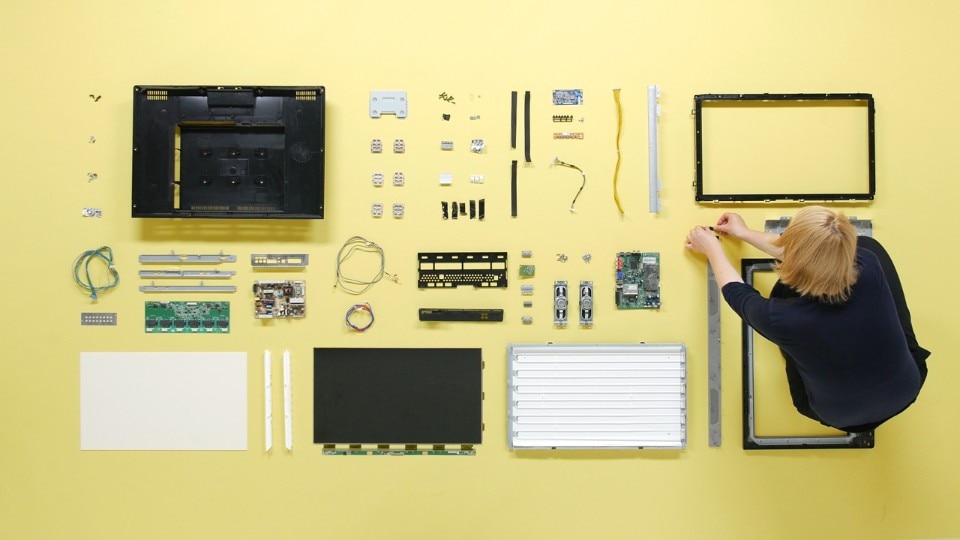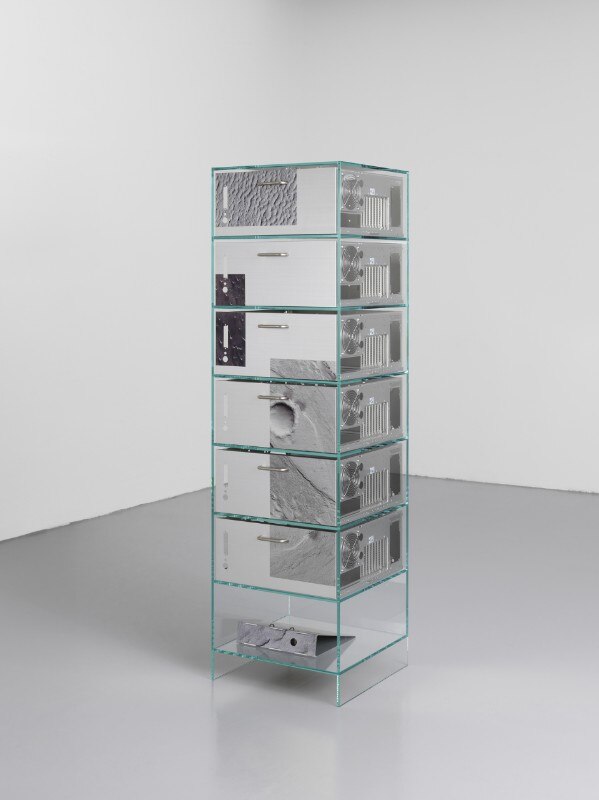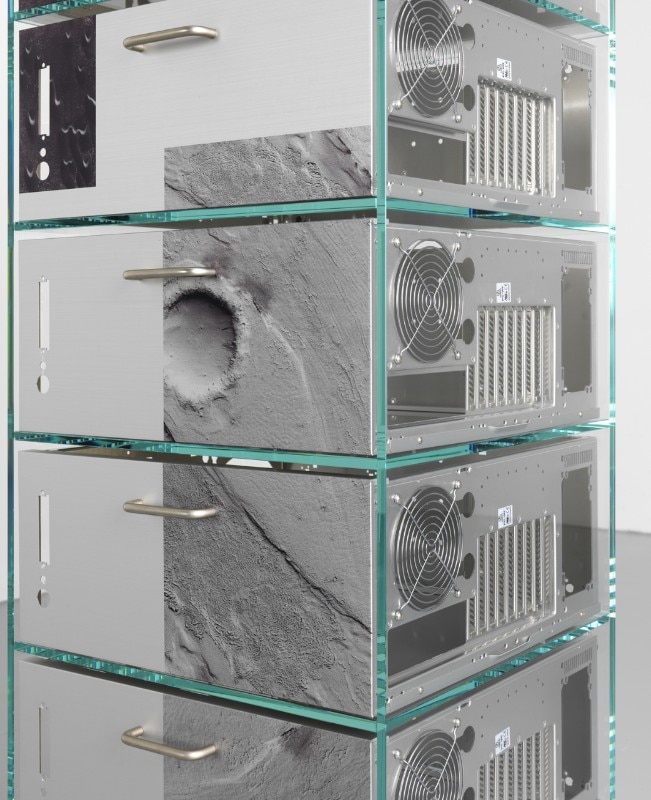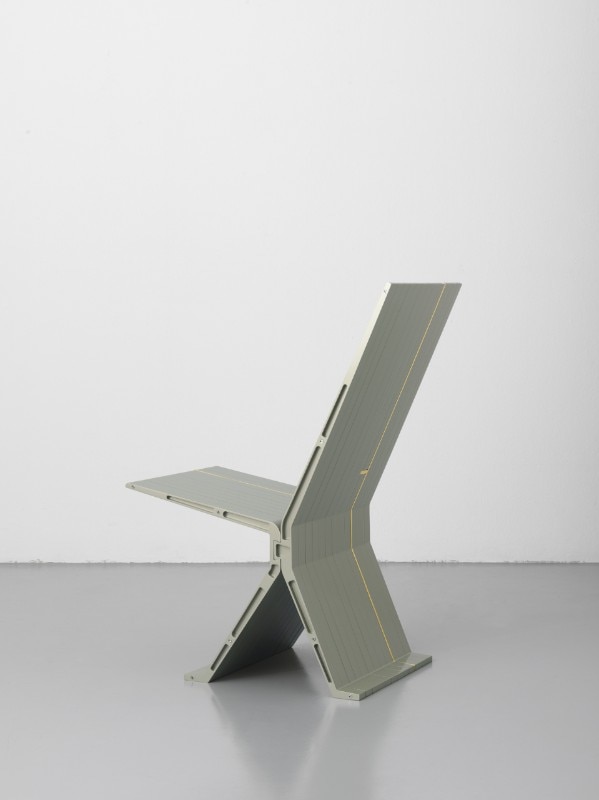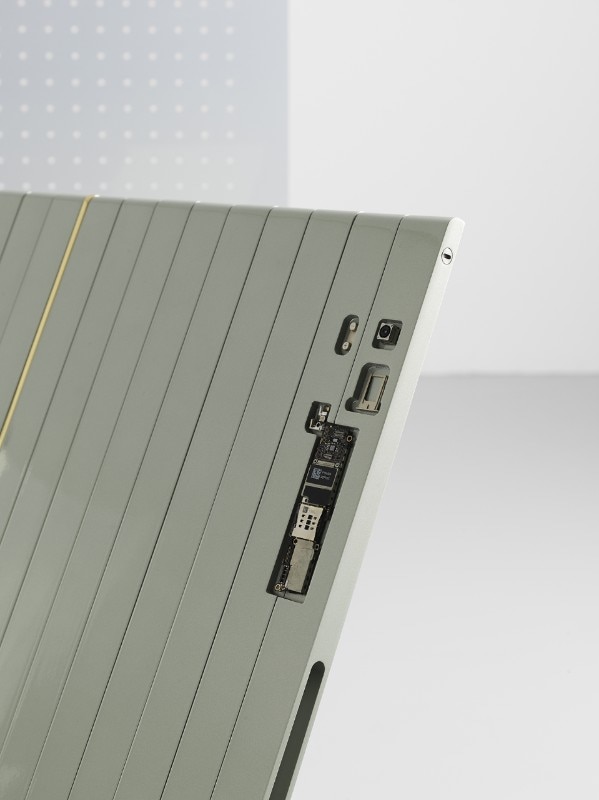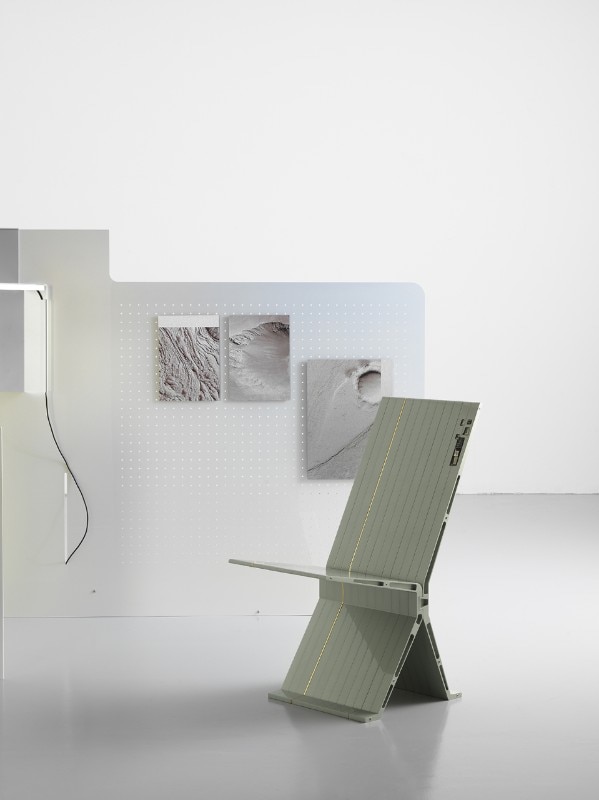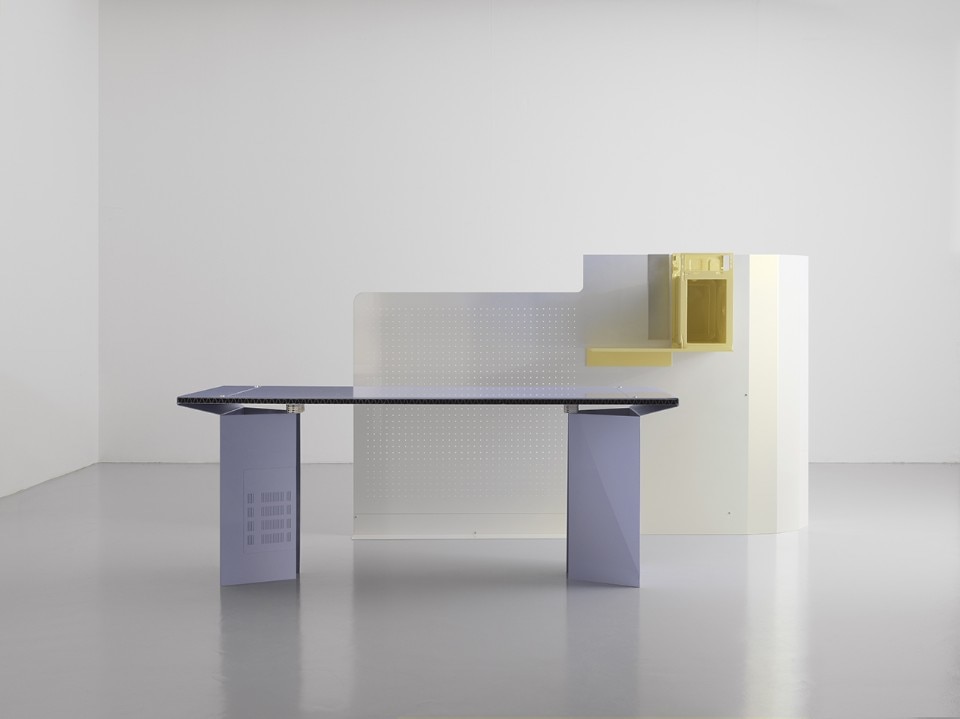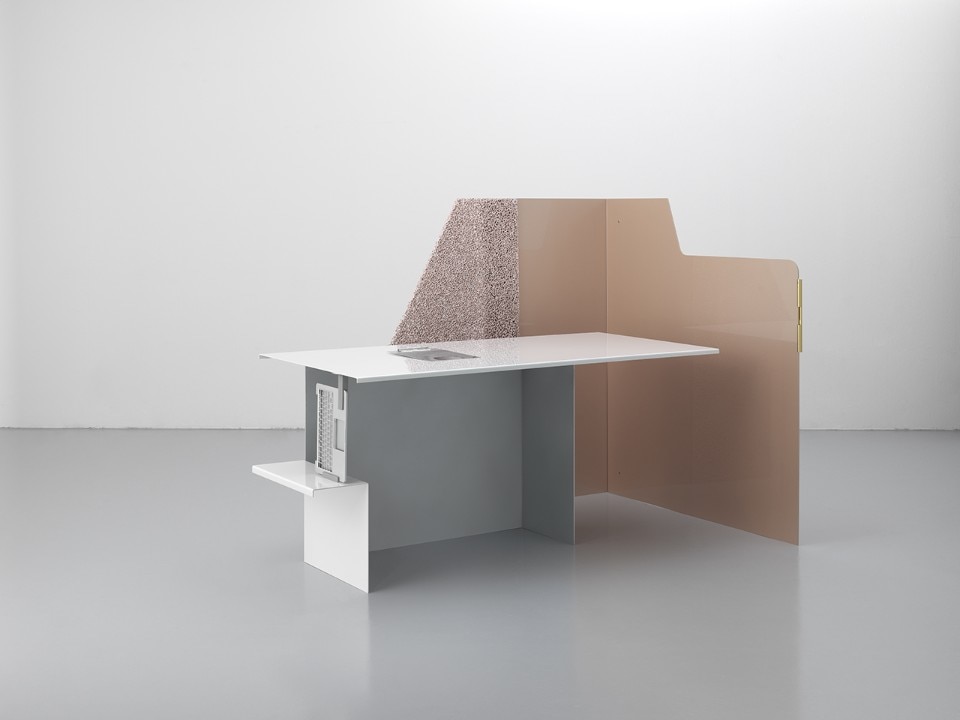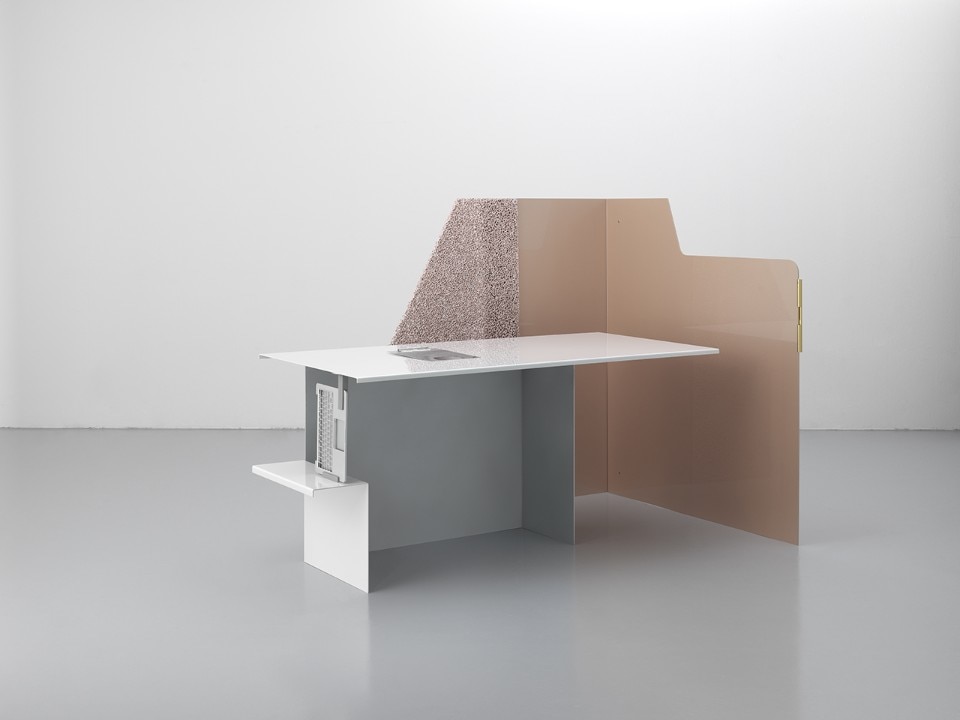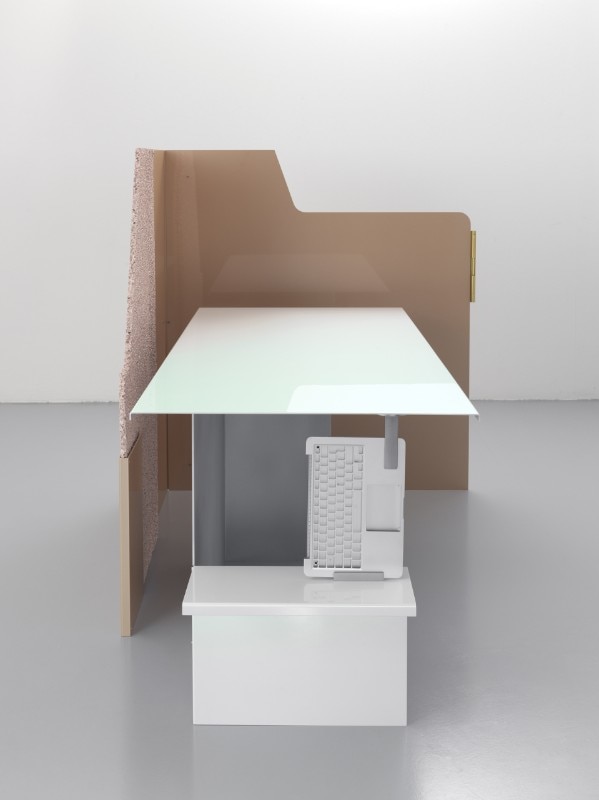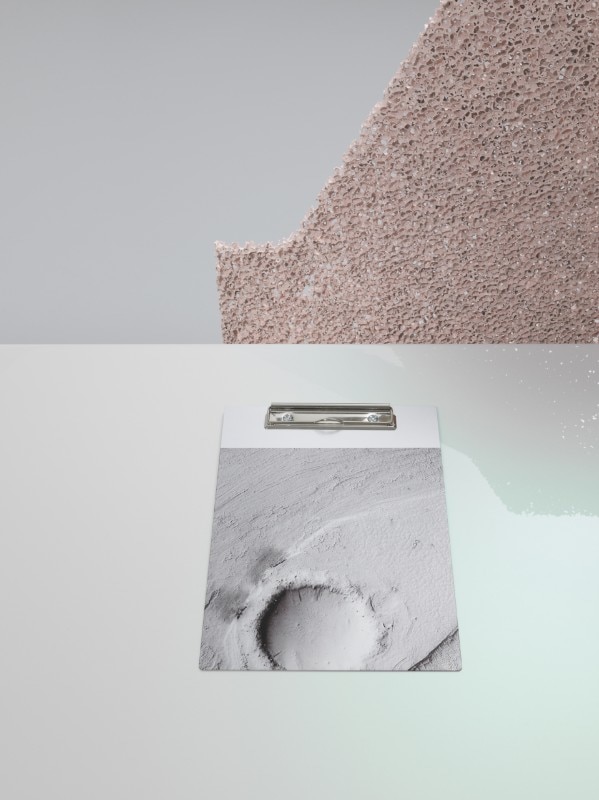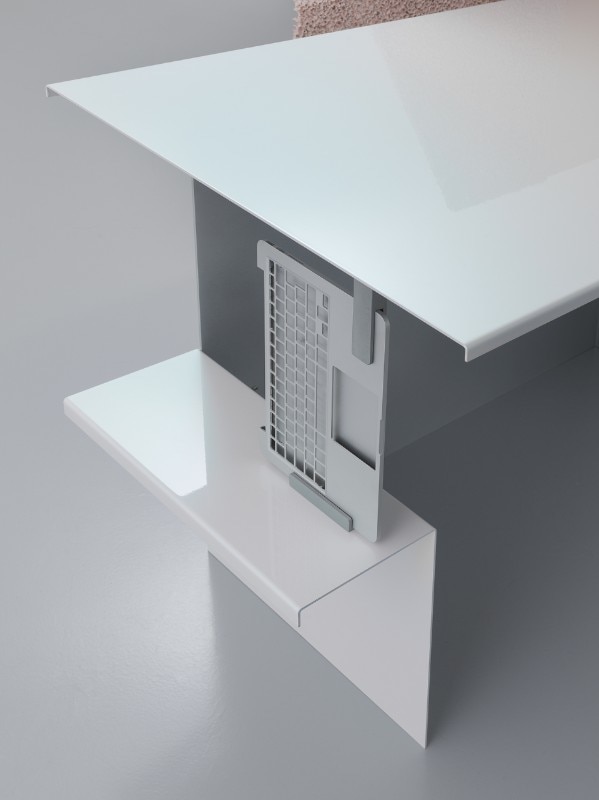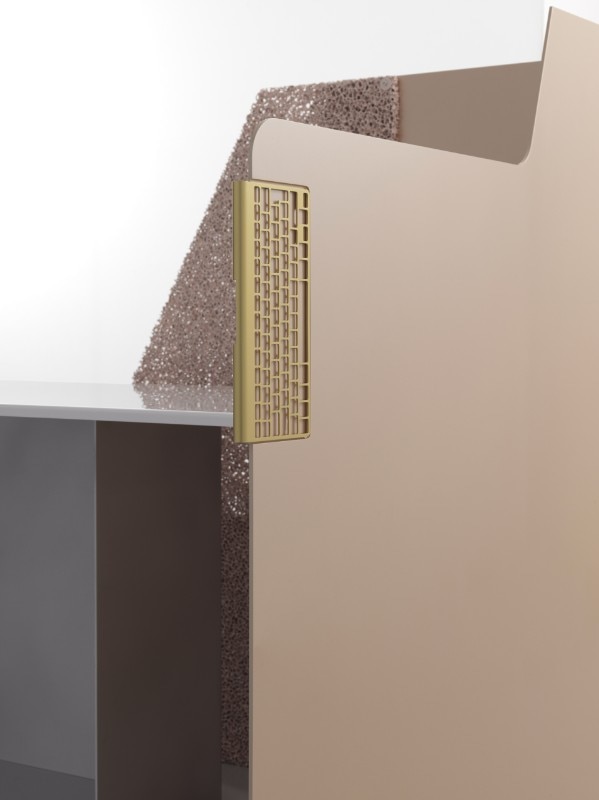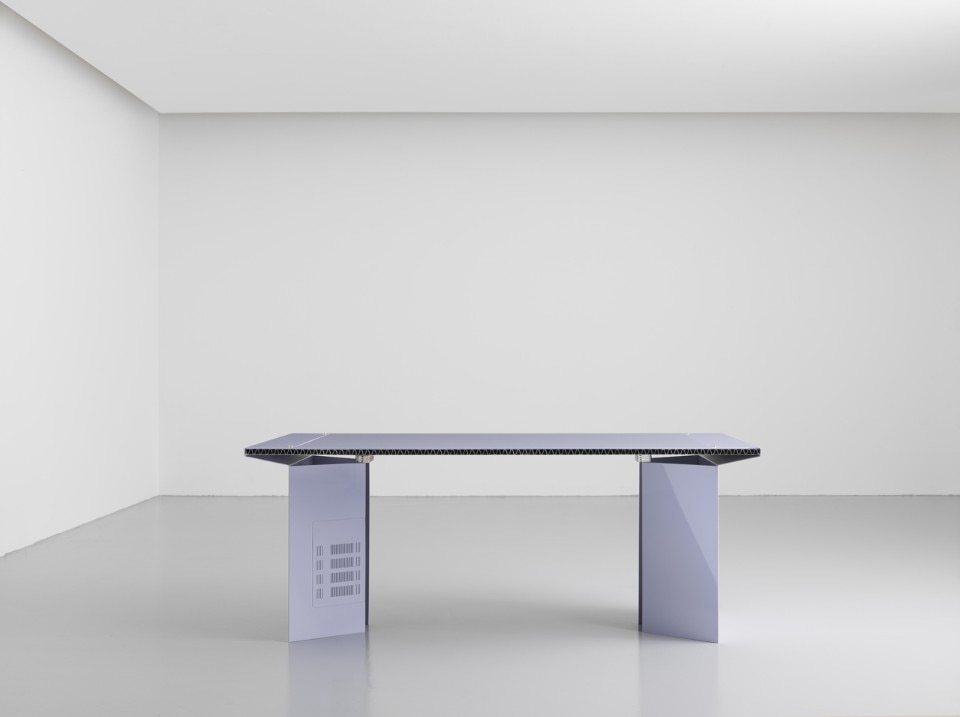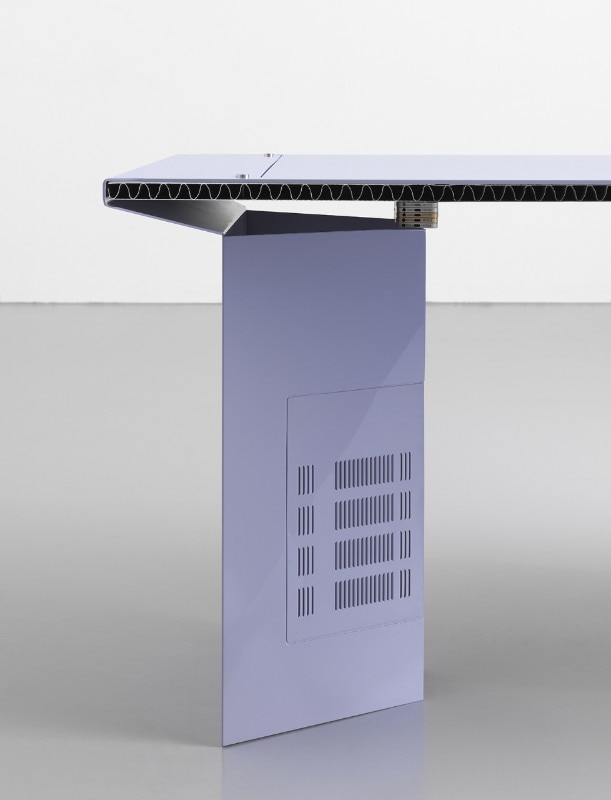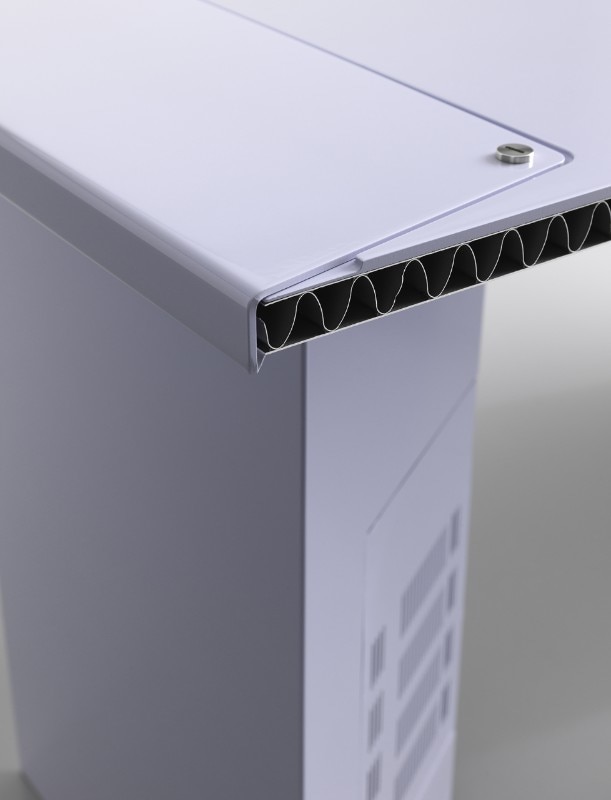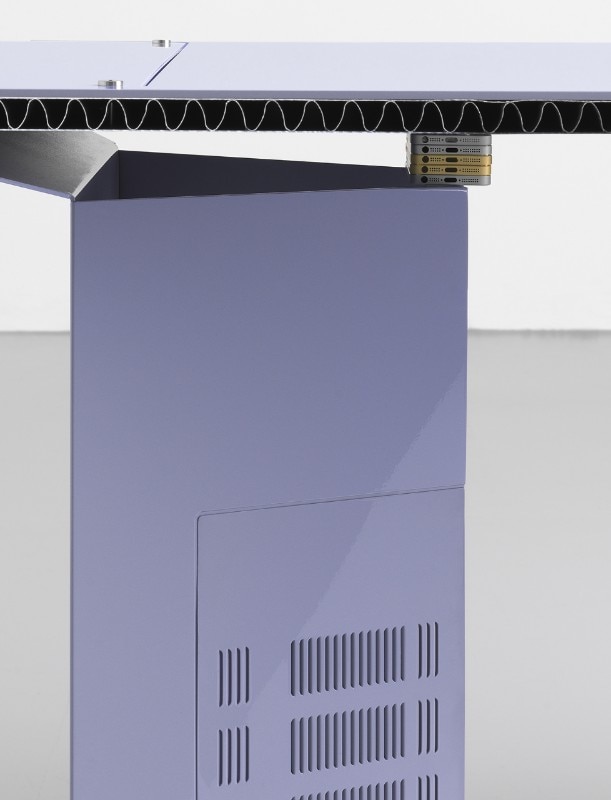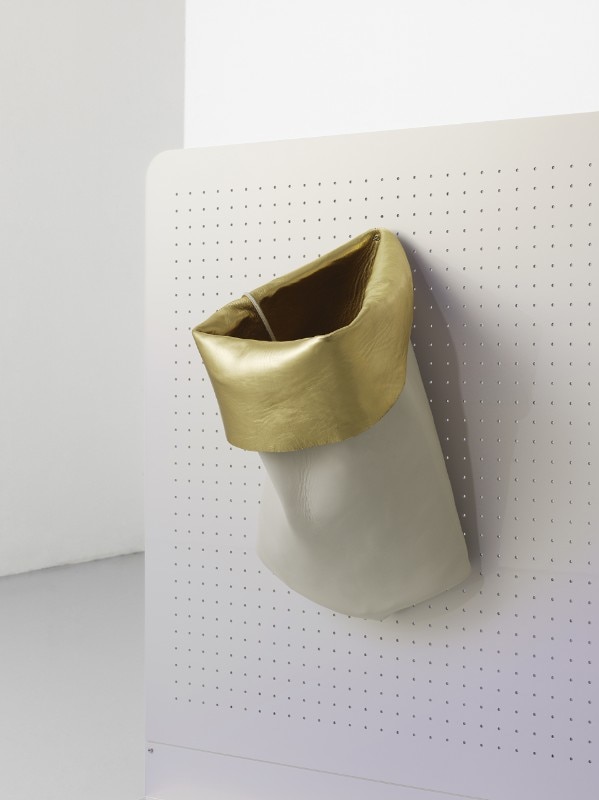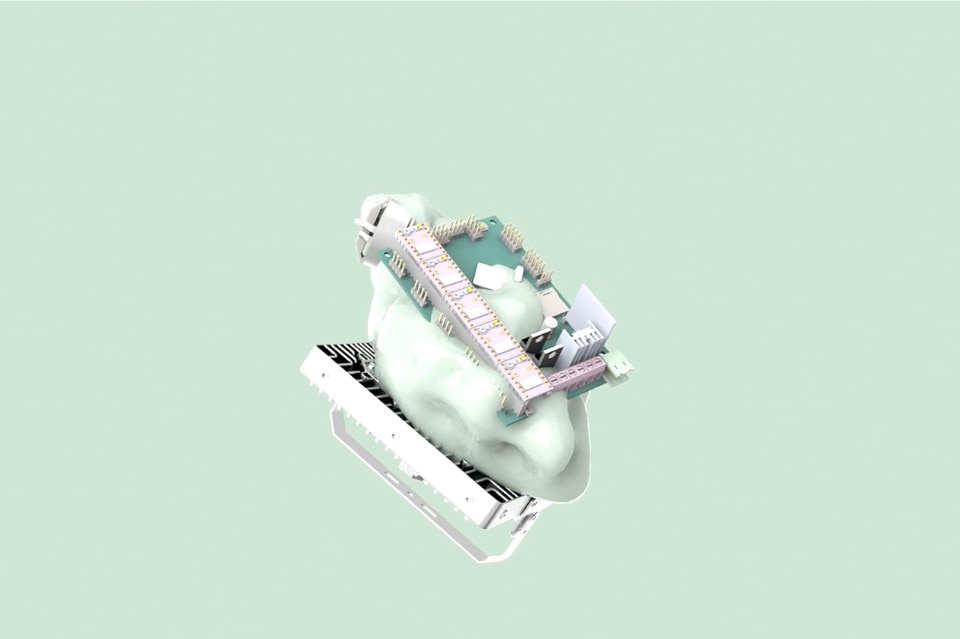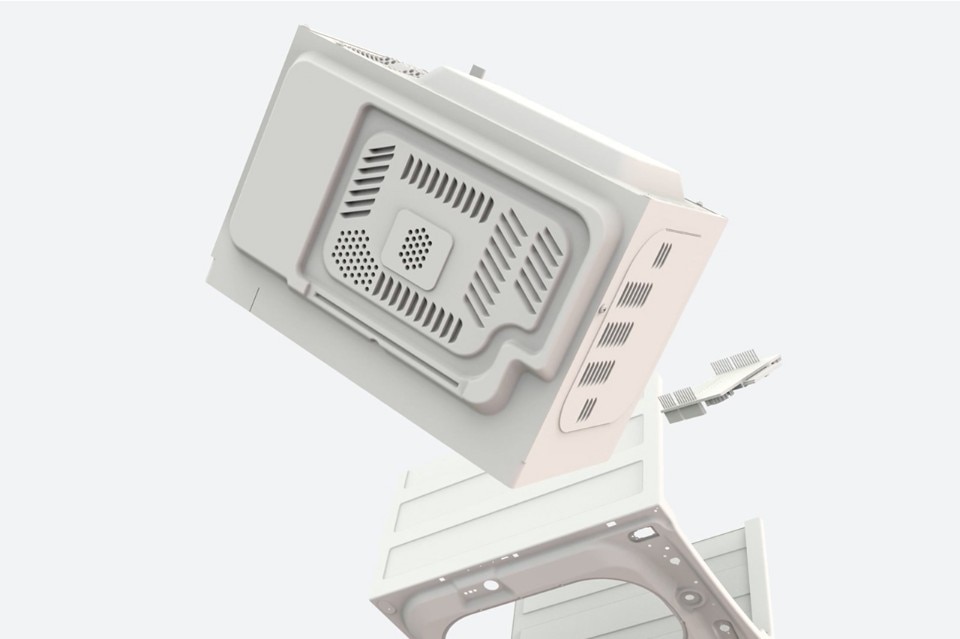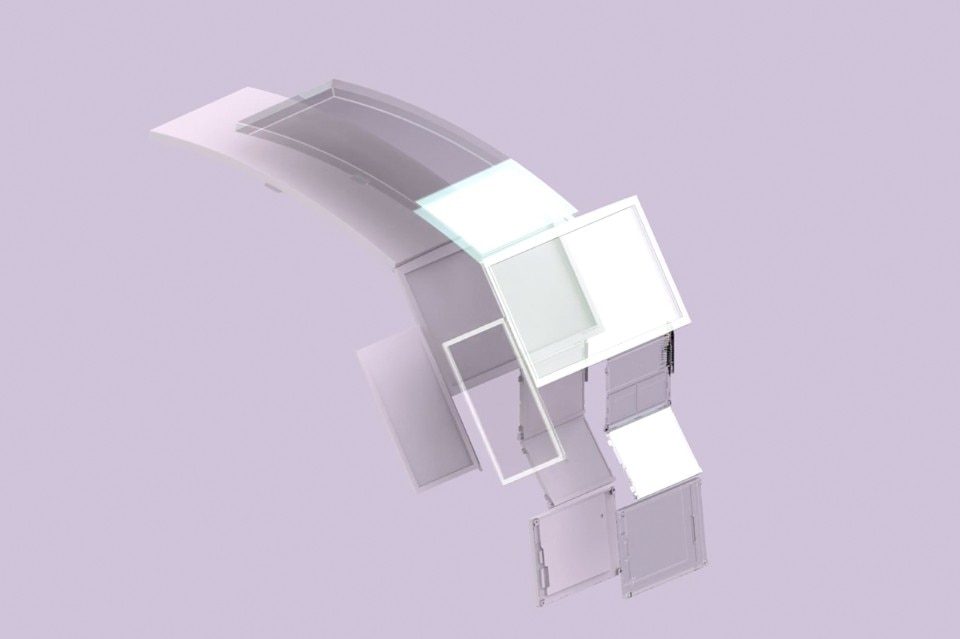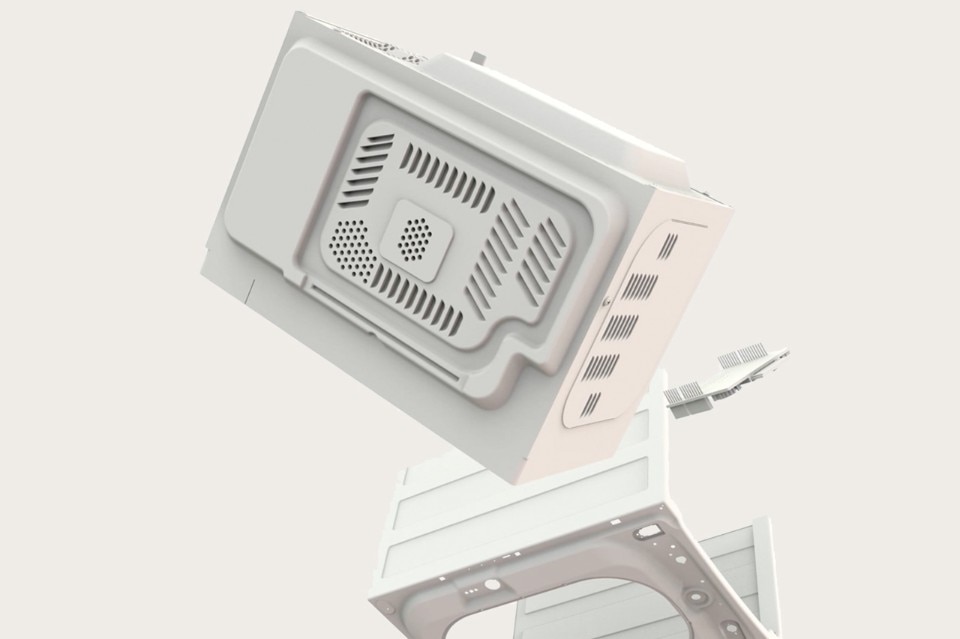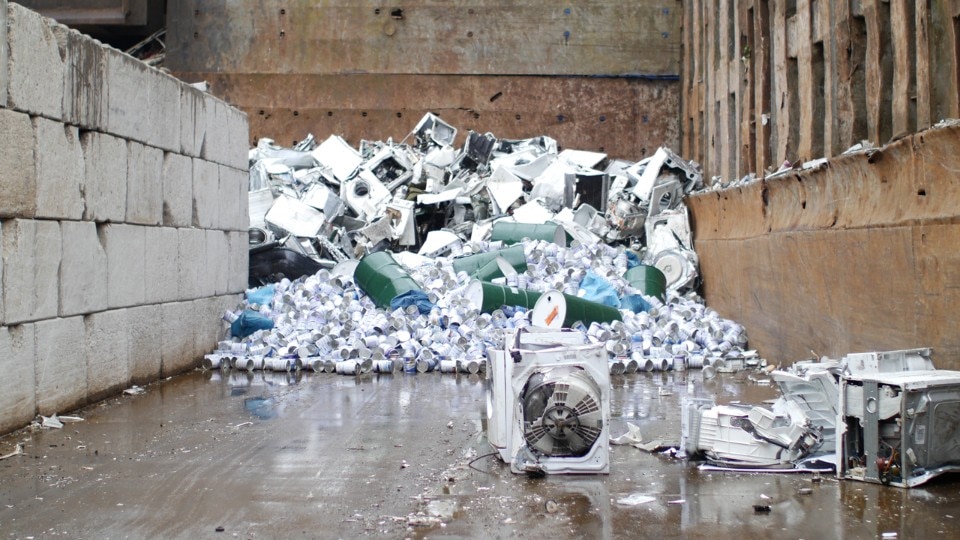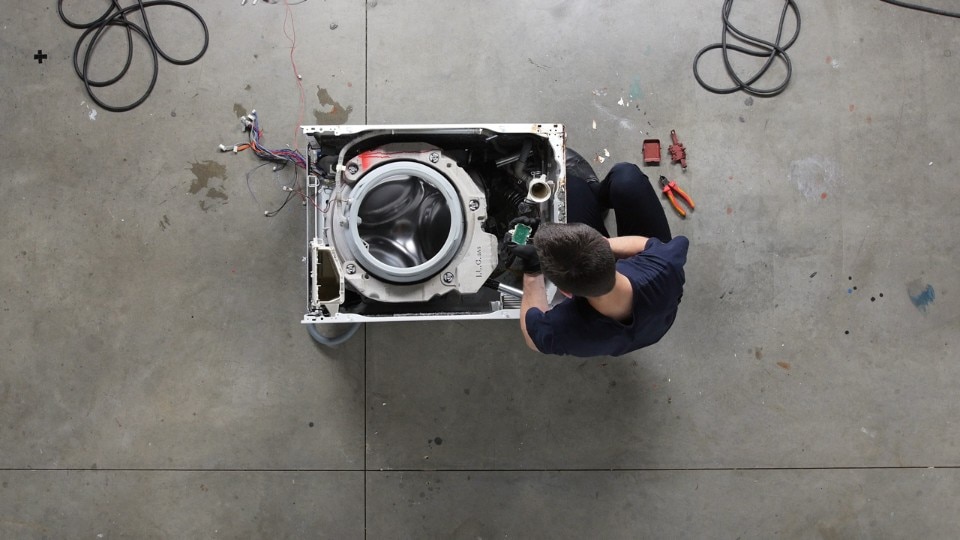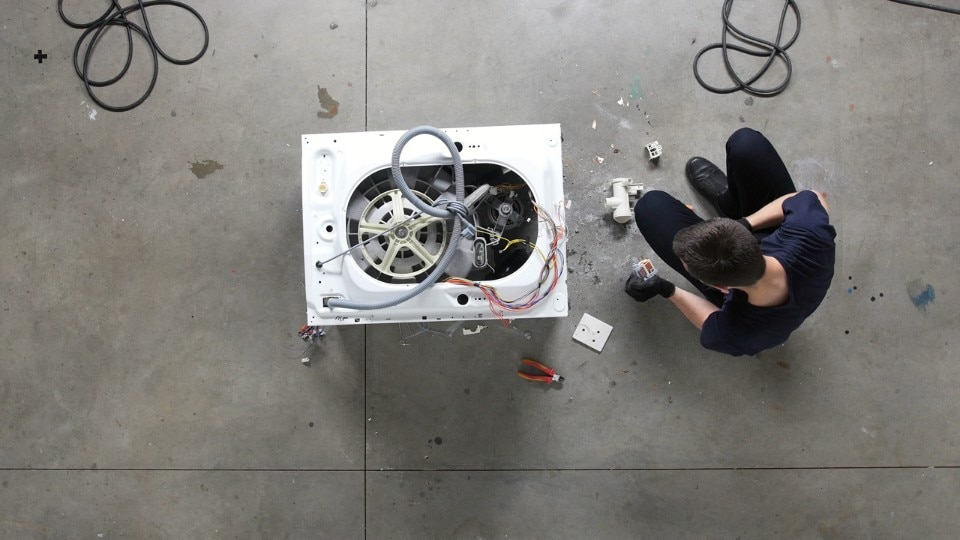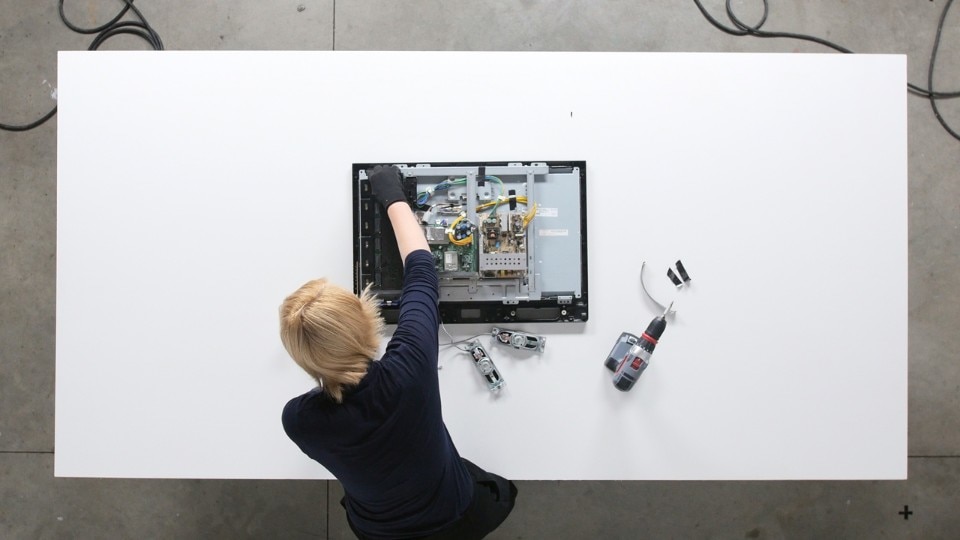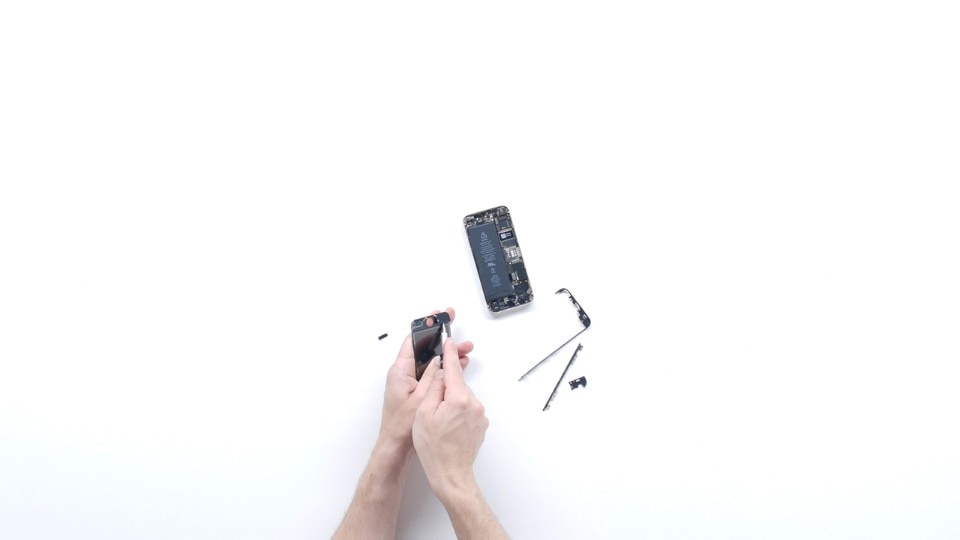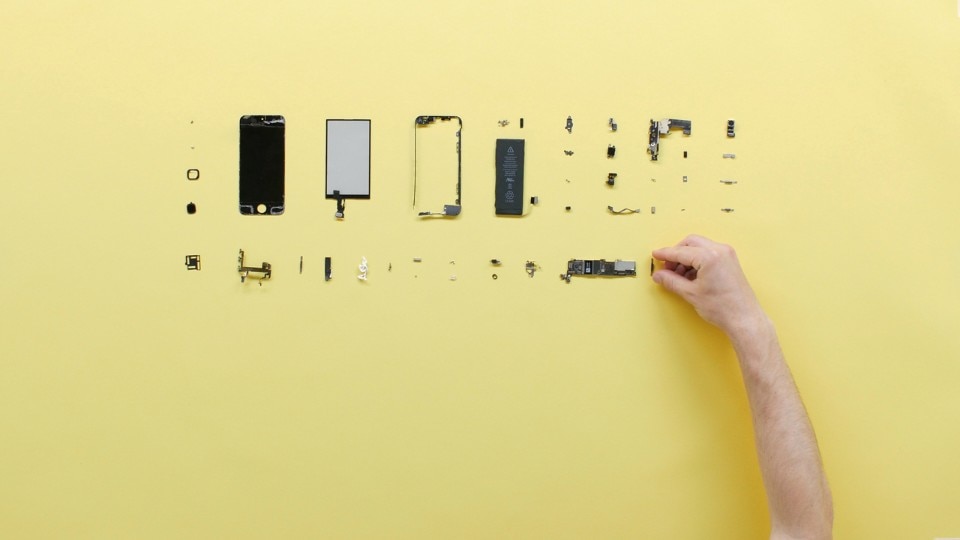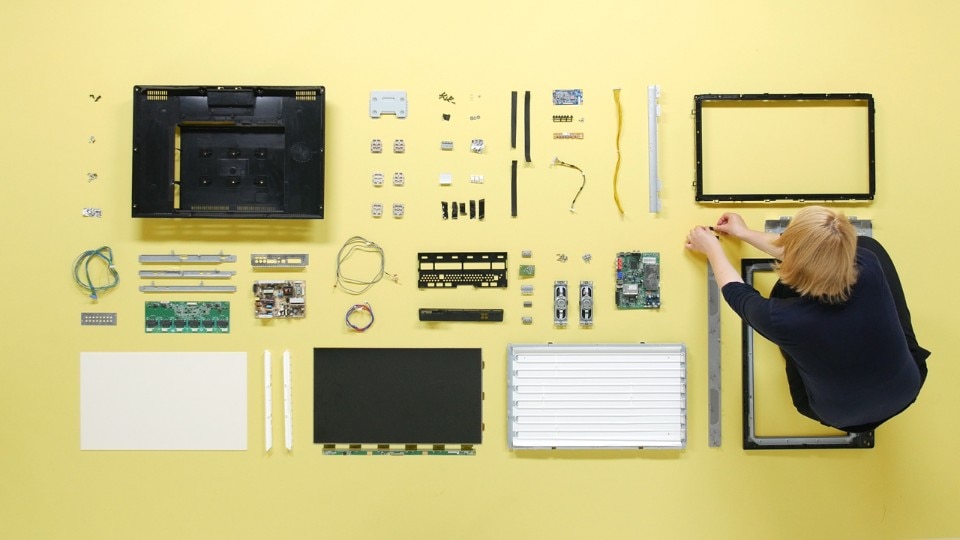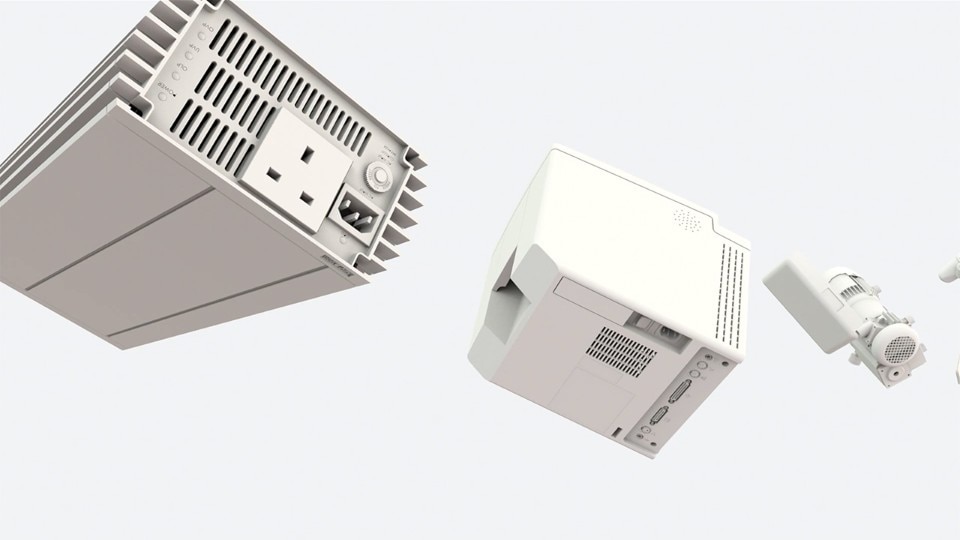Studio Formafantasma’s latest project, called Ore Streams, is on show at the NGV Triennial in Melbourne. This event, marked by a strong interdisciplinary stamp, is an attempt to investigate the points of connection between the visual arts and the world of design. The first year (on show until 15 April 2018) has seen the participation of 100 artists and designers from around the world. They were asked to develop original designs to interpret the five main themes: movement, change, virtual, body and time.
The point of departure is reflection on the everyday world and its transformation through the observation and analysis of the society in which we live – this is work equipped with alternative procedures and practices. The goal is to construct an exhibition platform aimed at probing, demythologising and contesting the status quo to attempt to design future scenarios. This is the context for the presentation of Ore Streams by the Formafantasma duo, a journey of investigation into the intricacies of the disposal system for computer and mobile devices.
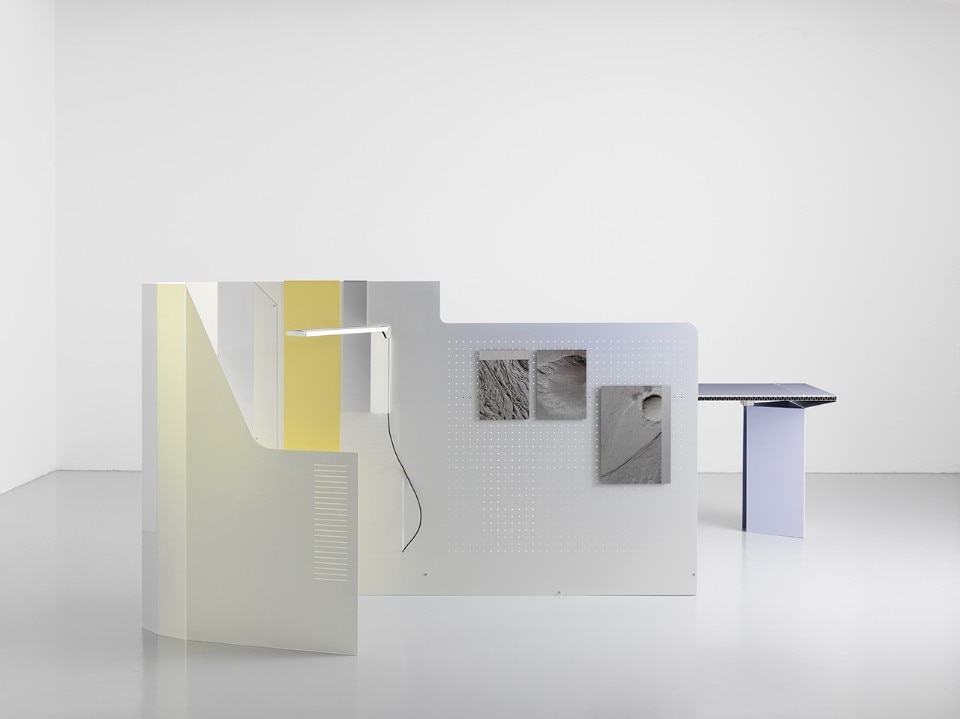
 View gallery
View gallery
What interests Simone Farresin and Andrea Trimarchi is the hi-tech scrap material generated by the rich West and the illegal traffic connected with this type of waste. Computers, laptops, motherboards and phones are the base elements used to construct a collection of unusual furniture. This is supported by an immersive video installation documenting the millions of tons of electronic waste which is discarded by the developed nations of the world and then mostly ends up in countries in the southern hemisphere. A large quantity of this material has been deposited in several African states, in particular Nigeria, Ivory Coast and Ghana.
Ore Streams draws attention to the technological bulimia and cynicism of Western society, and presents itself as an attempt to extract and recycle this waste. So old computers and other hi-tech objects have been broken up and reassembled to create items to furnish a workstation, which is at once an office and a mirror of the contemporary issues represented by hi-tech dumps. These are cheerless places, and those who go there are mostly children, who vainly hope that they will be able to alleviate their severe poverty by collecting the electronic components of the waste. Instead they risk illness through the inhalation of toxic substances: mercury, cadmium, lead and other elements released by electronic refuse pose a serious risk to health. The harmful effects are felt not just by humans, but by the environment too.
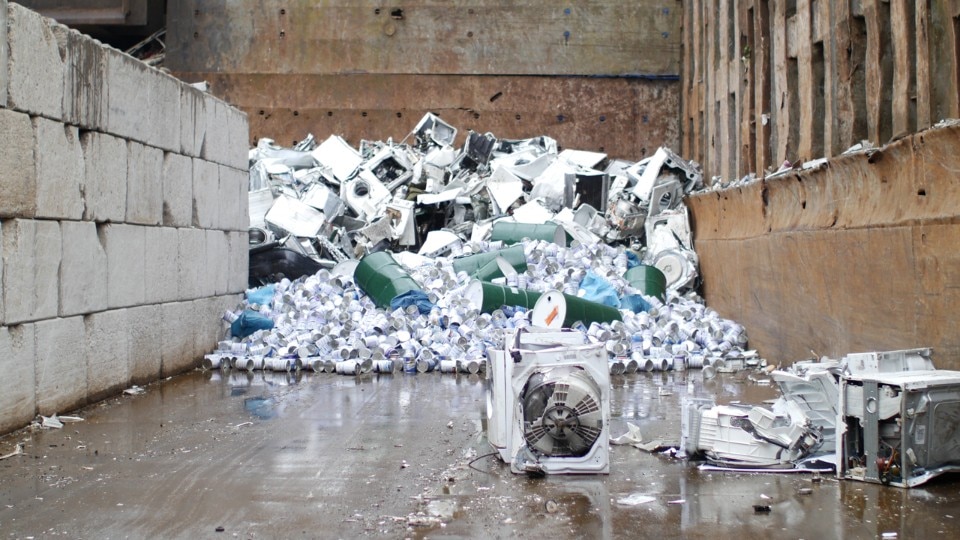
Ore Streams exposes this trend with the tools of design, but this is not the first time they have been used to investigate the deformations of capitalist systems. While in Botanica the emphasis was on the massive and highly polluting manufacture of plastic materials derived from oil, here we see an unexpected “knight’s move” typical of, for example, the work of Superstudio in their Radical Design golden years. This phrase was coined by Viktor Shklovsky, one of the great theorists of Russian formalism. In 1923, he used it as the title of a collection of short essays giving literary shape to the theory of the arts he had been developing since 1917 – a linguistic mechanism of estrangement and displacement, an artificial construction casting an alternative light over the standard concepts. This is a surprise outflanking move, like the one made by the knight on the chessboard. Yet we spot features of our hyperconnected daily life too, such as the network of six small towers of old computers fused with six blocks of transparent glass, treated in part like concrete, or the computer keyboard that forms part of a table. The works allude to the ideas of archaeology and the fossil, manipulated here with the huge aesthetic and technical skill that is central to Formafantasma.
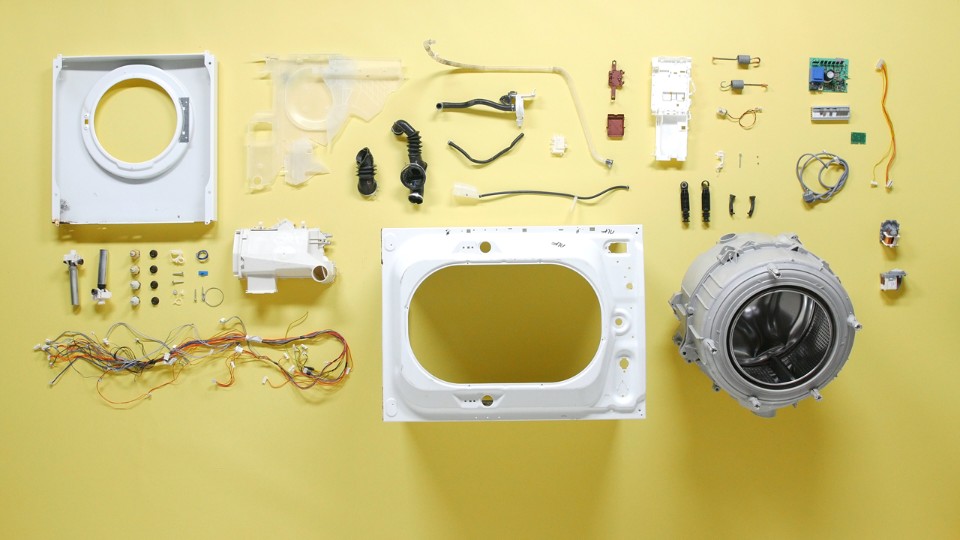
 View gallery
View gallery
Ore Streams seems to resonate with the words of Adolfo Natalini, who defined Superstudio’s practice like this: “The paradox, the false syllogism, simplification and sentimentalism were categories of acting used on occasion. Continuous movement, challenging dialectic and the knight’s move were the motor components.” Through Ore Streams, Formafantasma aims to individuate a non-banal strategy of exposure, introducing a complex and layered operation. This is a confirmation of broad research ranging from industrial products to more research-led work, generated by a period of profound historical and social change. It is a way of operating that explores the potential offered by design, developing and bringing forward scenarios in which the design offering is experienced in a broader dimension as an agent of transformation and change. In this way, Formafantasma has developed a personal practice that challenges the designer’s conditions of work as clearly articulated, divided and shaped. They are operating within multiple platforms with a breadth and variety of ideas, like bold visionaries.


